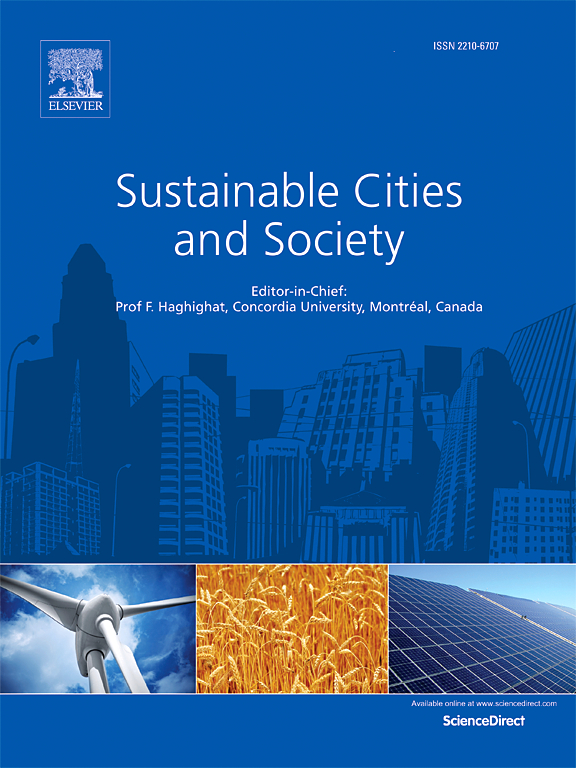Unraveling the renewal priority of urban heritage communities via macro-micro dimensional assessment- A case study of Nanjing City, China
IF 10.5
1区 工程技术
Q1 CONSTRUCTION & BUILDING TECHNOLOGY
引用次数: 0
Abstract
Amidst rapid global urbanization, the resultant community decline has exacerbated issues such as social segregation, resource misallocation, and neighborhood alienation. In particular, heritage communities face unique challenges as standardized, project-based renewals frequently neglect their cultural and historical attributes, thereby intensifying mismatches in renewal decision-making. To address these challenges, this study proposes a multidimensional evaluation of heritage communities using the Social-spatial Service Index (SSI) to define renewal priority and fill gaps in current evaluation mechanisms. Focusing on Nanjing in China, the research conducts a macro-level GIS assessment of 2153 communities using a Bayesian Best-Worst Model and a micro-level evaluation of 10 typical heritage communities using the Analytic Hierarchy Process, comparing results across different scales. The dual-scale approach reveals that: (1) Despite heterogeneous measurement factors, the SSI delivers consistent results across macro and micro levels, demonstrating its robustness. (2) Community renewal priority decreases with distance from the urban core, but heritage communities exhibit higher renewal priority, emphasizing the unique value of preserving cultural heritage. (3) It underscores the importance of cultural and economic factors in renewal, validating its effectiveness in guiding context-sensitive strategies. These insights underscore the necessity of tailored renewal strategies that respect cultural contexts and provide actionable insights for urban policy and planning.
求助全文
约1分钟内获得全文
求助全文
来源期刊

Sustainable Cities and Society
Social Sciences-Geography, Planning and Development
CiteScore
22.00
自引率
13.70%
发文量
810
审稿时长
27 days
期刊介绍:
Sustainable Cities and Society (SCS) is an international journal that focuses on fundamental and applied research to promote environmentally sustainable and socially resilient cities. The journal welcomes cross-cutting, multi-disciplinary research in various areas, including:
1. Smart cities and resilient environments;
2. Alternative/clean energy sources, energy distribution, distributed energy generation, and energy demand reduction/management;
3. Monitoring and improving air quality in built environment and cities (e.g., healthy built environment and air quality management);
4. Energy efficient, low/zero carbon, and green buildings/communities;
5. Climate change mitigation and adaptation in urban environments;
6. Green infrastructure and BMPs;
7. Environmental Footprint accounting and management;
8. Urban agriculture and forestry;
9. ICT, smart grid and intelligent infrastructure;
10. Urban design/planning, regulations, legislation, certification, economics, and policy;
11. Social aspects, impacts and resiliency of cities;
12. Behavior monitoring, analysis and change within urban communities;
13. Health monitoring and improvement;
14. Nexus issues related to sustainable cities and societies;
15. Smart city governance;
16. Decision Support Systems for trade-off and uncertainty analysis for improved management of cities and society;
17. Big data, machine learning, and artificial intelligence applications and case studies;
18. Critical infrastructure protection, including security, privacy, forensics, and reliability issues of cyber-physical systems.
19. Water footprint reduction and urban water distribution, harvesting, treatment, reuse and management;
20. Waste reduction and recycling;
21. Wastewater collection, treatment and recycling;
22. Smart, clean and healthy transportation systems and infrastructure;
 求助内容:
求助内容: 应助结果提醒方式:
应助结果提醒方式:


